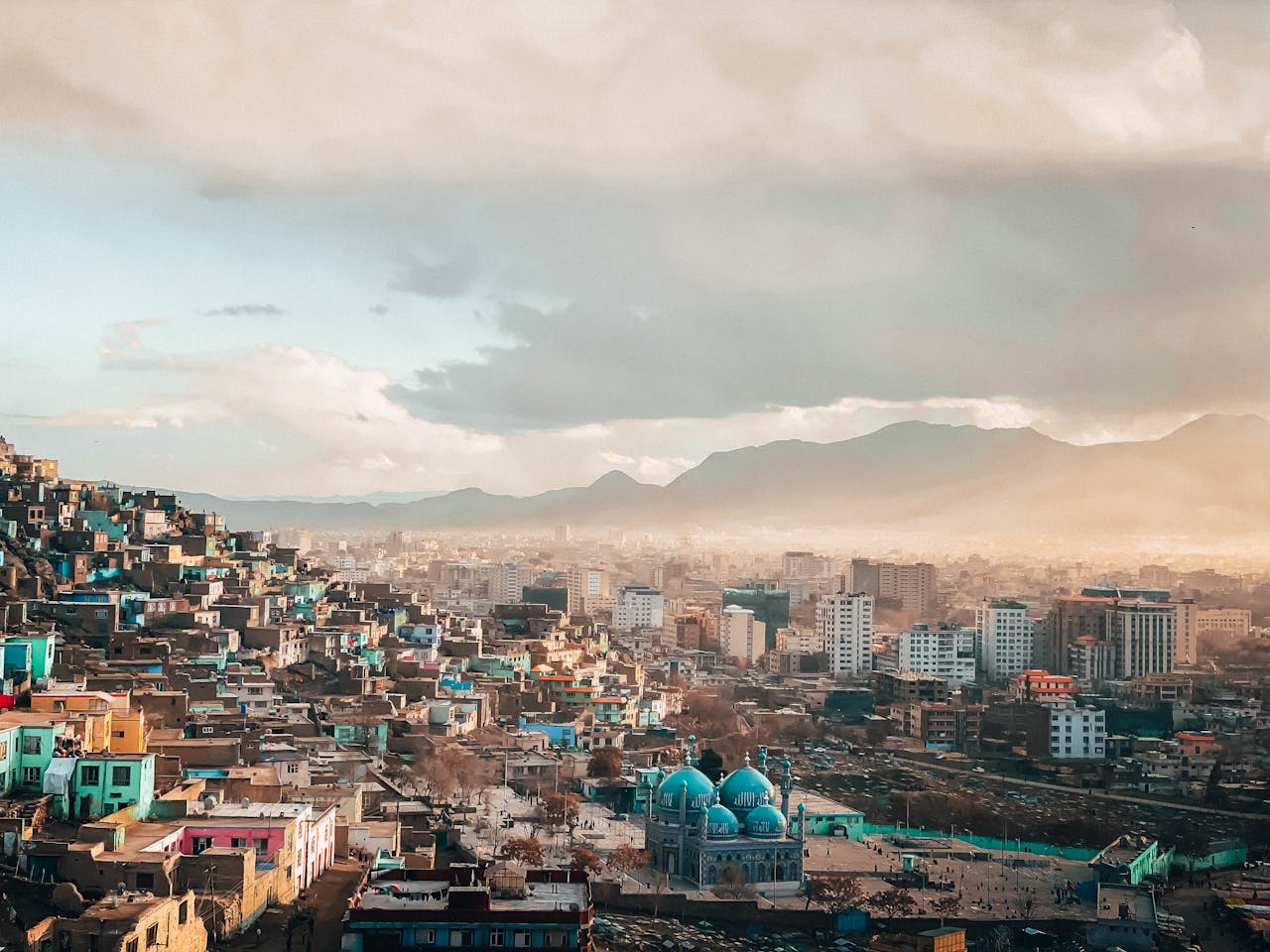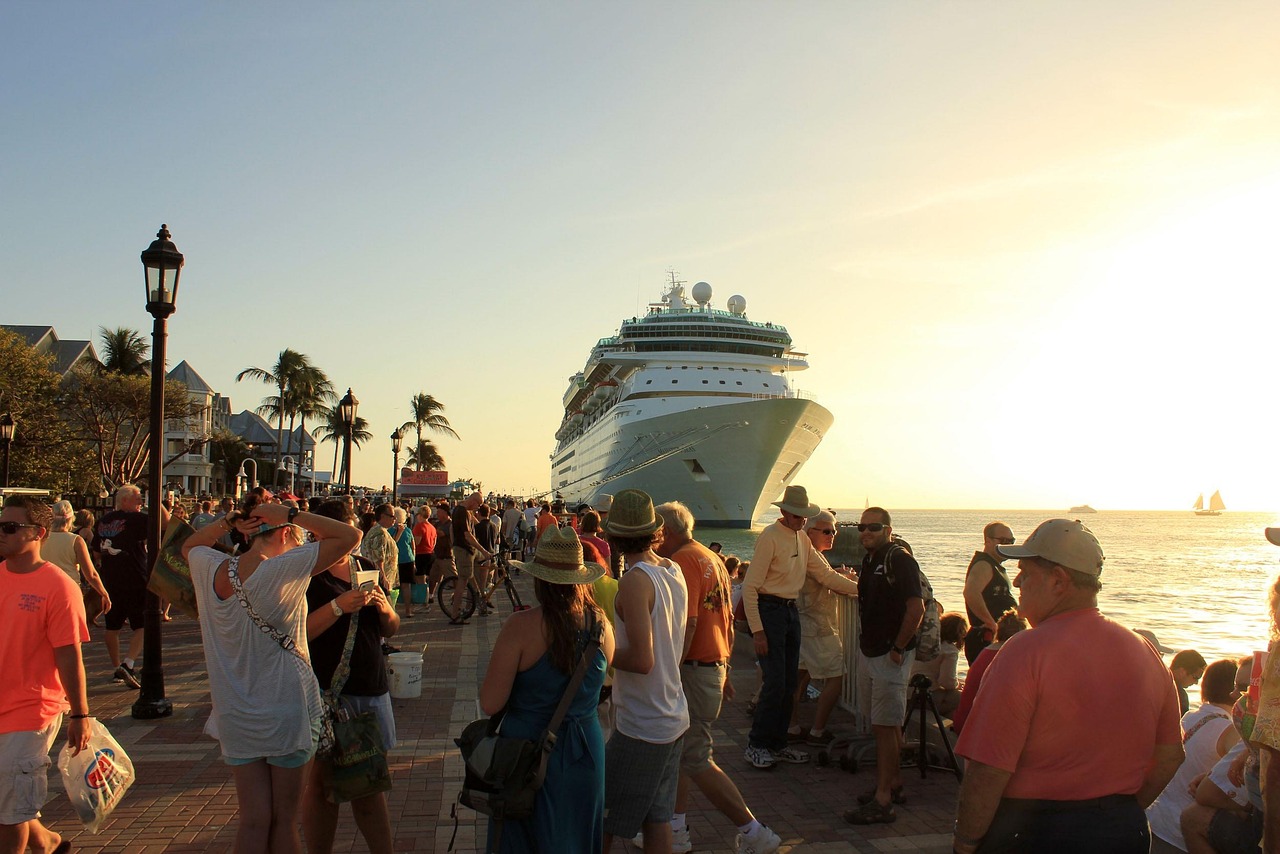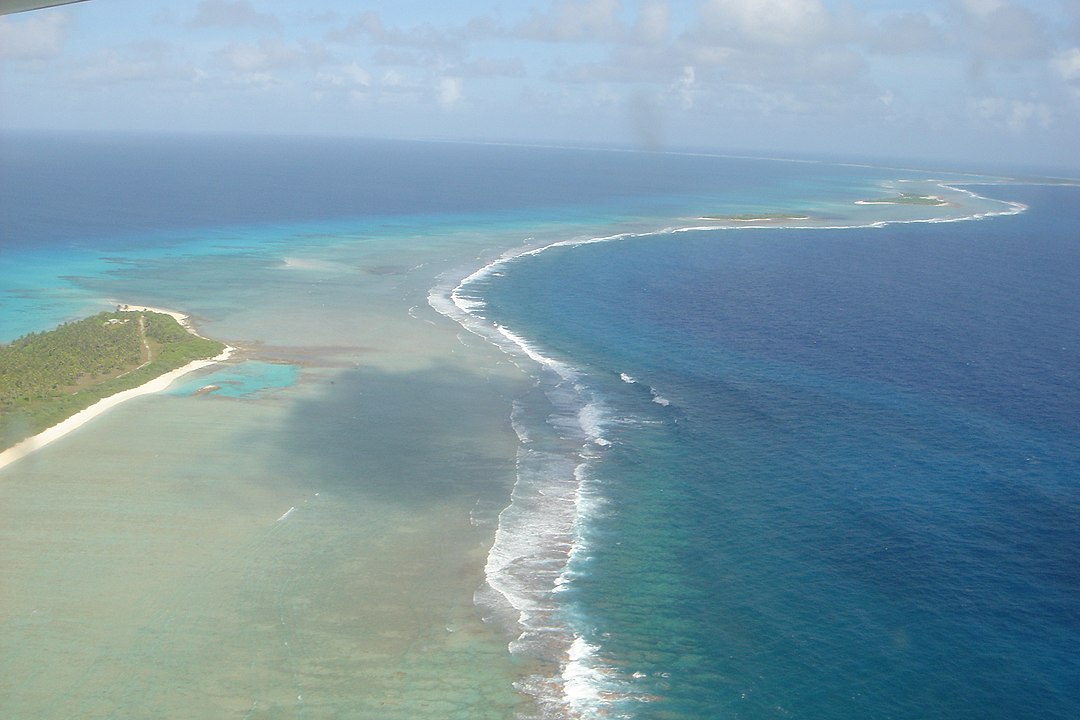Headlines shift quickly, but risk on the ground moves in slower, heavier ways. When major advisories call for extreme caution, it usually reflects armed conflict, fragile infrastructure, and checkpoints that can shut a plan down mid-drive. Routes close with little warning, ATMs run dry, and consular help may be hours away or limited to the capital. None of this erases local hospitality; it marks conditions that strain safety and logistics. The notes below explain why many travelers postpone or reroute for now.
Libya
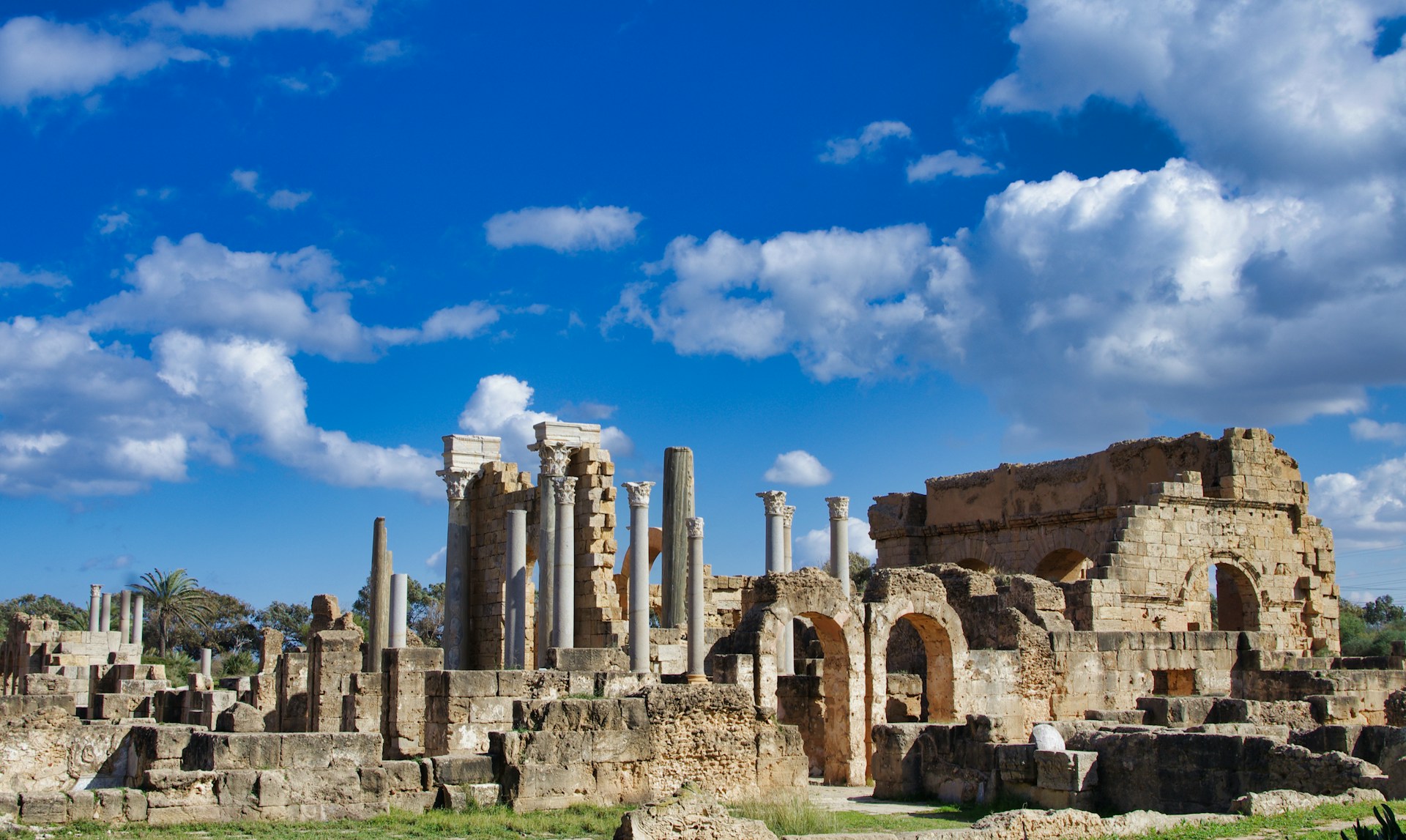
Libya’s security map changes by week, with militia checkpoints, sporadic clashes, and heavy weapons in city streets after dark. Domestic flights cancel with minimal notice, and highway travel between coastal hubs or the desert interior can require vetted escorts. Medical capacity varies widely, fuel supplies fluctuate, and flood damage exposed weak infrastructure in several regions. Essential travel leans on local fixers, layered comms, and rigid movement rules. Leisure itineraries usually wait for a steadier ceasefire and reliable services.
Myanmar

Since the 2021 coup, fighting has spread across multiple states and regions, turning routine drives into rolling gamble. Curfews, internet blackouts, and sudden road closures disrupt movement, while some border posts shut without public timelines. Arrests tied to gatherings or speech remain a risk, and bank access can seize up during security operations. Even once-quiet tourist towns see flare ups that choke transport. Humanitarian corridors exist in places, but consistent access for visitors is not assured, so nonessential trips stall.
Burkina Faso
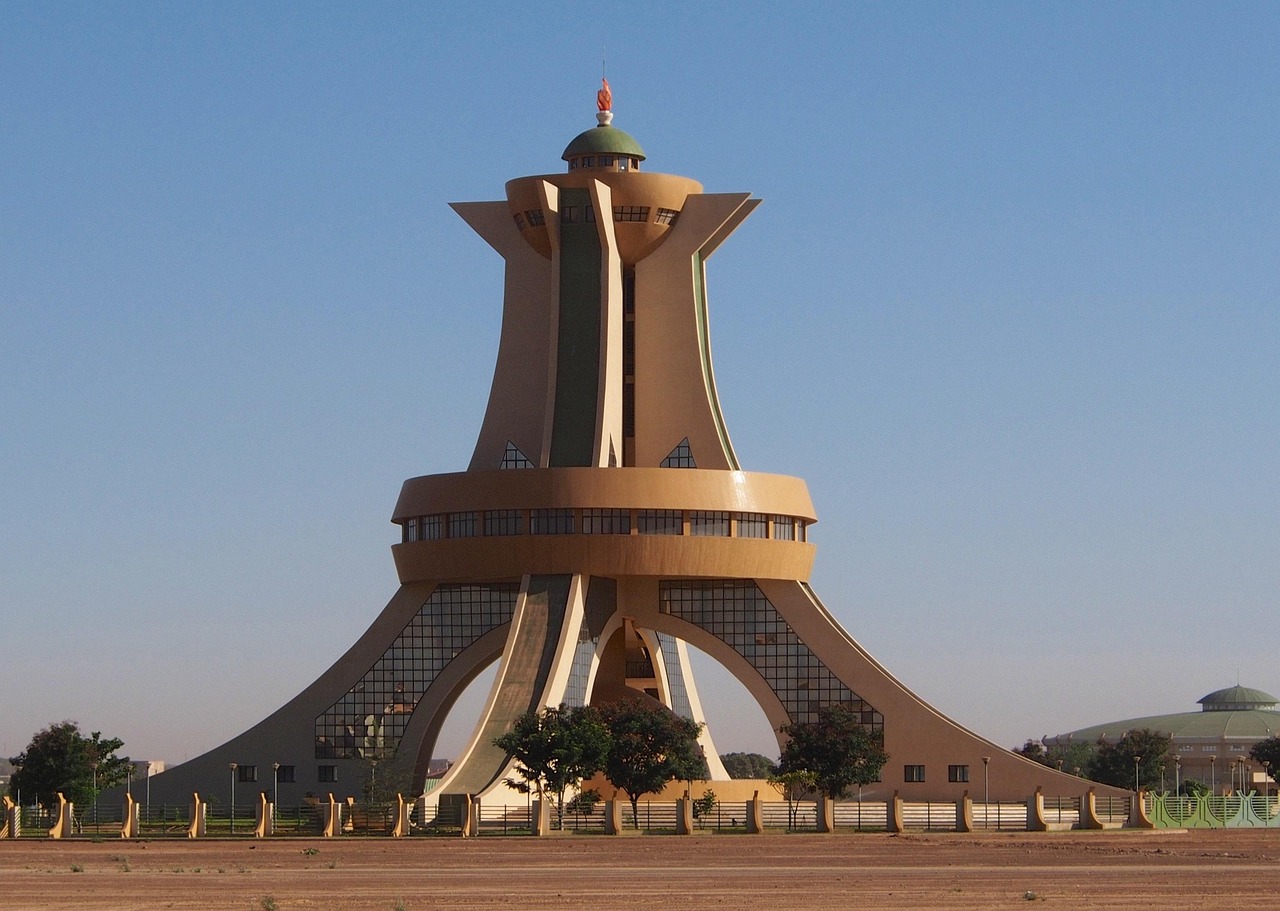
Insurgent activity outside Ouagadougou, especially along borders with Mali and Niger, keeps roads volatile. Ambushes, IEDs, and informal checkpoints complicate overland travel beyond main arteries. States of emergency and military sweeps can restrict movement without lead time, while cell coverage and fuel supply thin out in the interior. Travelers with essential mandates coordinate closely with local partners, avoid patterns, and minimize time on secondary roads. For most visitors, timing improves by stepping back until security operations settle.
Ukraine
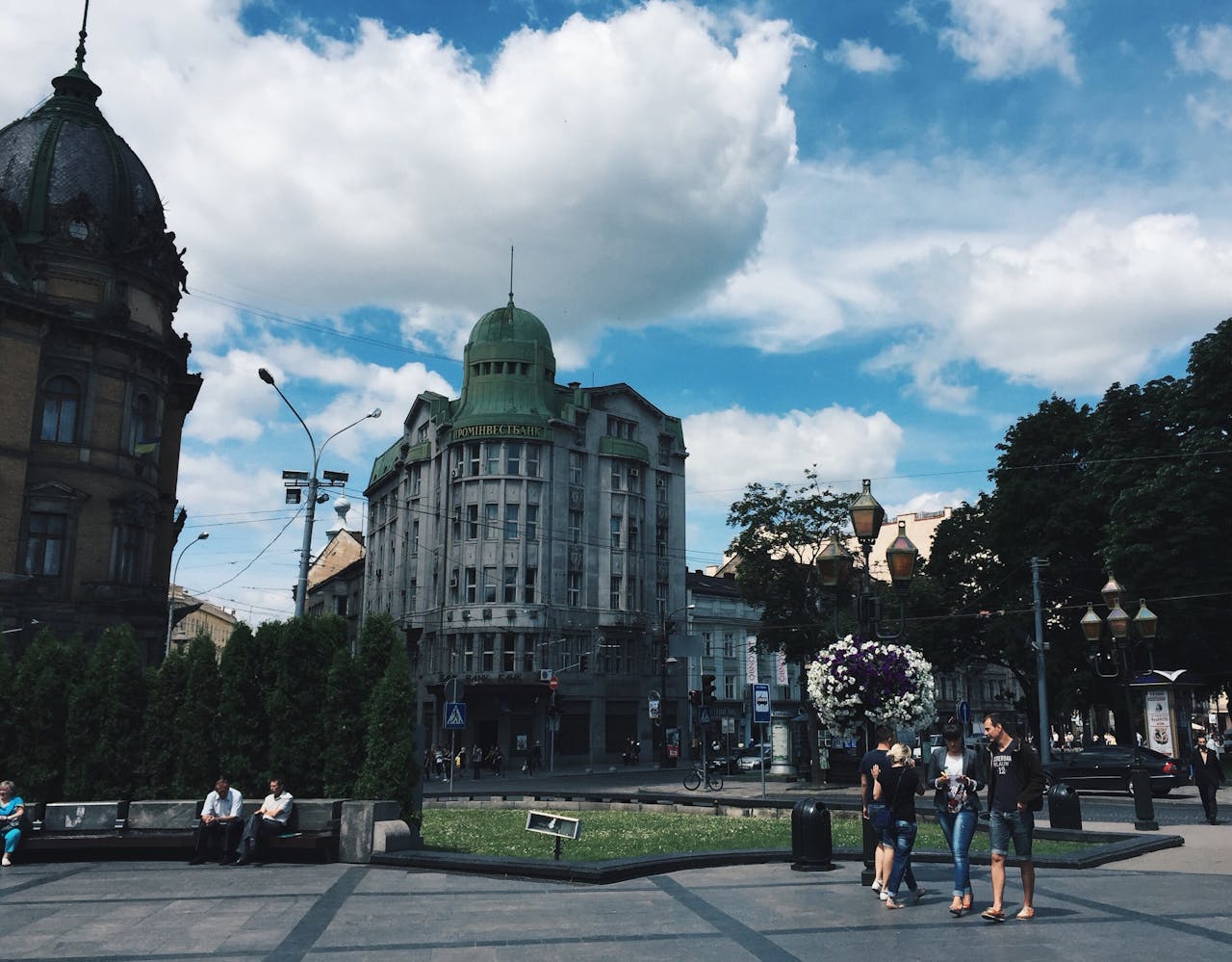
Active war shapes daily rhythms even far from front lines, with nationwide alerts for missiles or drones interrupting trains, schools, and power grids. Transport hubs and energy sites remain targets, so outages and diversions surface without much warning. Curfews, blocked roads near former battle areas, and land mines complicate countryside detours. Humanitarian and family visits occur under strict protocols, yet leisure travel remains limited. Planning centers on shelter options, redundant routes, and credible local guidance rather than sightseeing.
Yemen
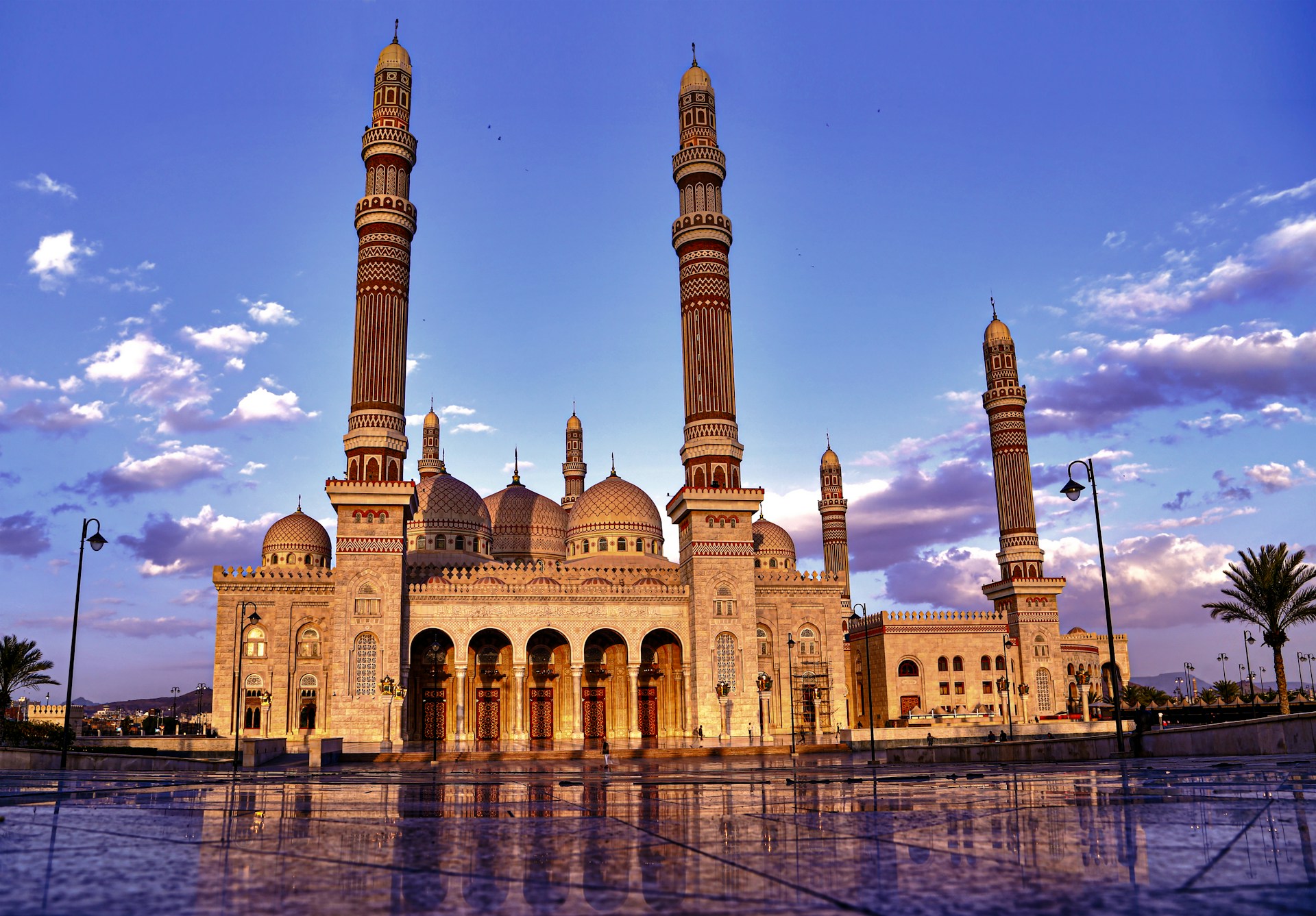
Years of conflict splintered control across governorates, and airspace or port access can pivot quickly after strikes. Front lines shift, unexploded ordnance lingers, and many hospitals face shortages of staff or supplies. Paperwork and checkpoint permissions slow movement that already runs on thin fuel. Medevac from interior regions may be impractical. Even seasoned NGOs face delays tied to approvals and road closures. For nonessential travel, risk and logistics collide, pushing most plans off the calendar until conditions ease.
Syria
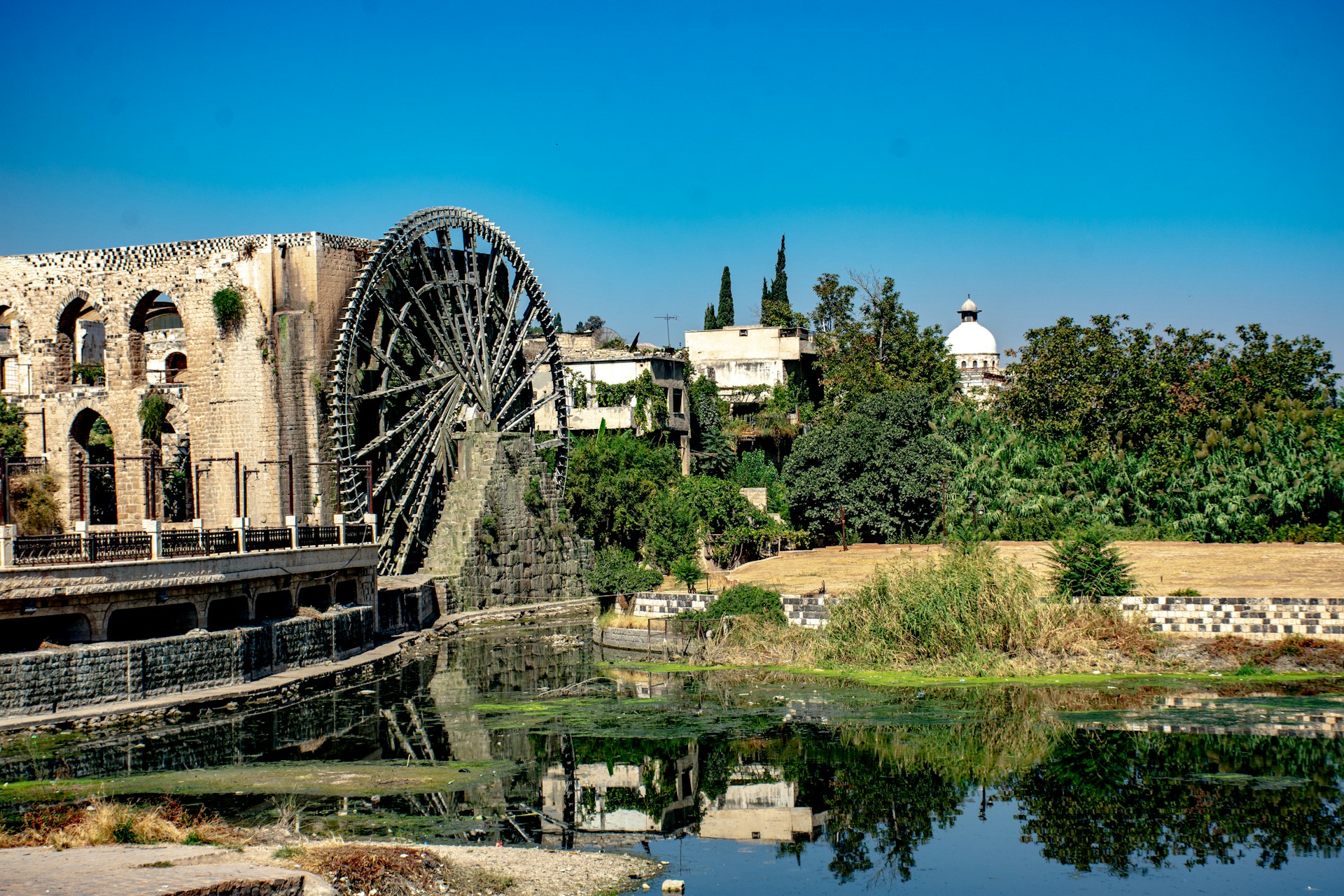
Multiple actors control different zones, and crossings can open or shut based on local deals that rarely reach public notice. Some cities function day to day, but the roads between them may skirt active areas or damaged bridges. Sanctions complicate payments and travel insurance, while emergency care and evacuation options are limited. Mines and remnants of war add off-pavement hazards. Essential visitors rely on trusted networks and convoy rules; discretionary trips wait for more predictable access and services.
Sudan
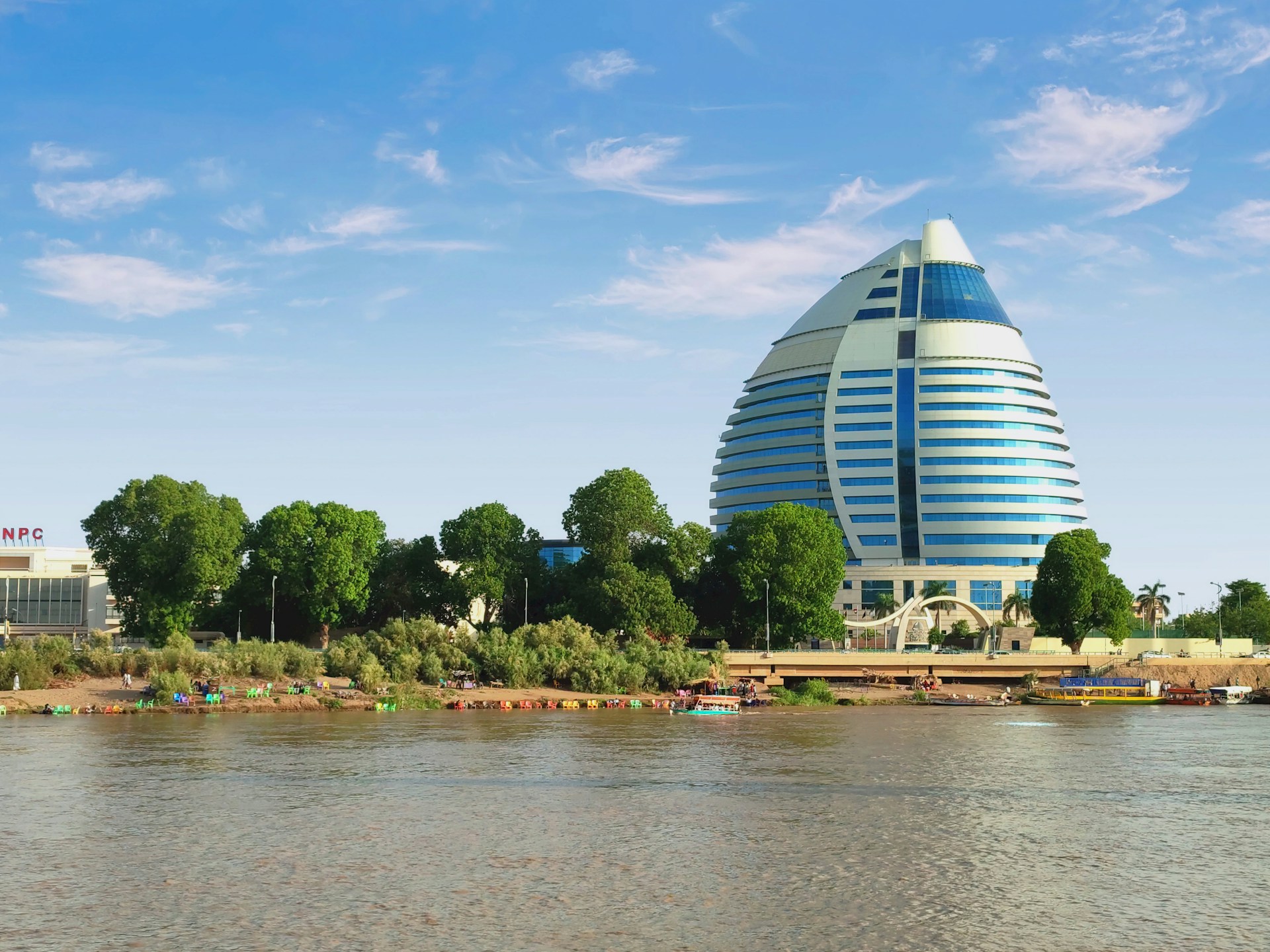
Renewed fighting since 2023 disrupted supply chains and medical access in Khartoum, Darfur, and beyond. Airports and land borders have closed without notice, and evacuations often depend on ad hoc corridors negotiated by embassies or aid groups. Communications drop in and out; cash and fuel shortages are common. Formal lodging may be unreliable outside select zones. With aid focused on life-saving work, visitor logistics sit low on priority lists. For most travelers, postponing remains the clear, safer choice.
Somalia
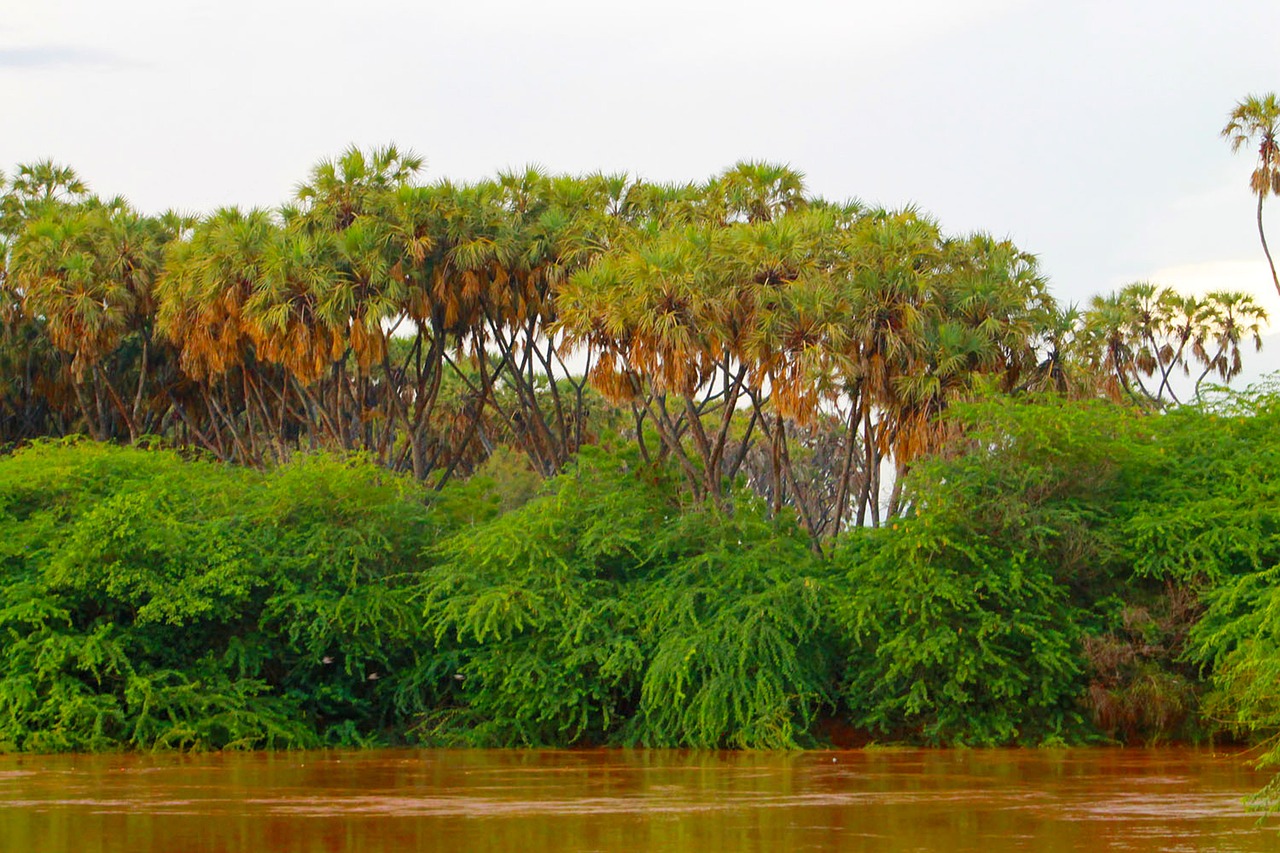
Persistent threats from insurgent groups target government sites and soft locations in Mogadishu and regional towns. Road travel outside secure corridors elevates risk from ambushes and roadside explosives, while some rural stretches lack dependable cell coverage. Piracy risk off the coast is lower than historic highs, yet maritime caution still applies. Consular reach is limited. Essential travel uses armored movements, vetted drivers, and strict time windows. Tourism pauses until security operations produce steadier, publicly visible gains.
Afghanistan
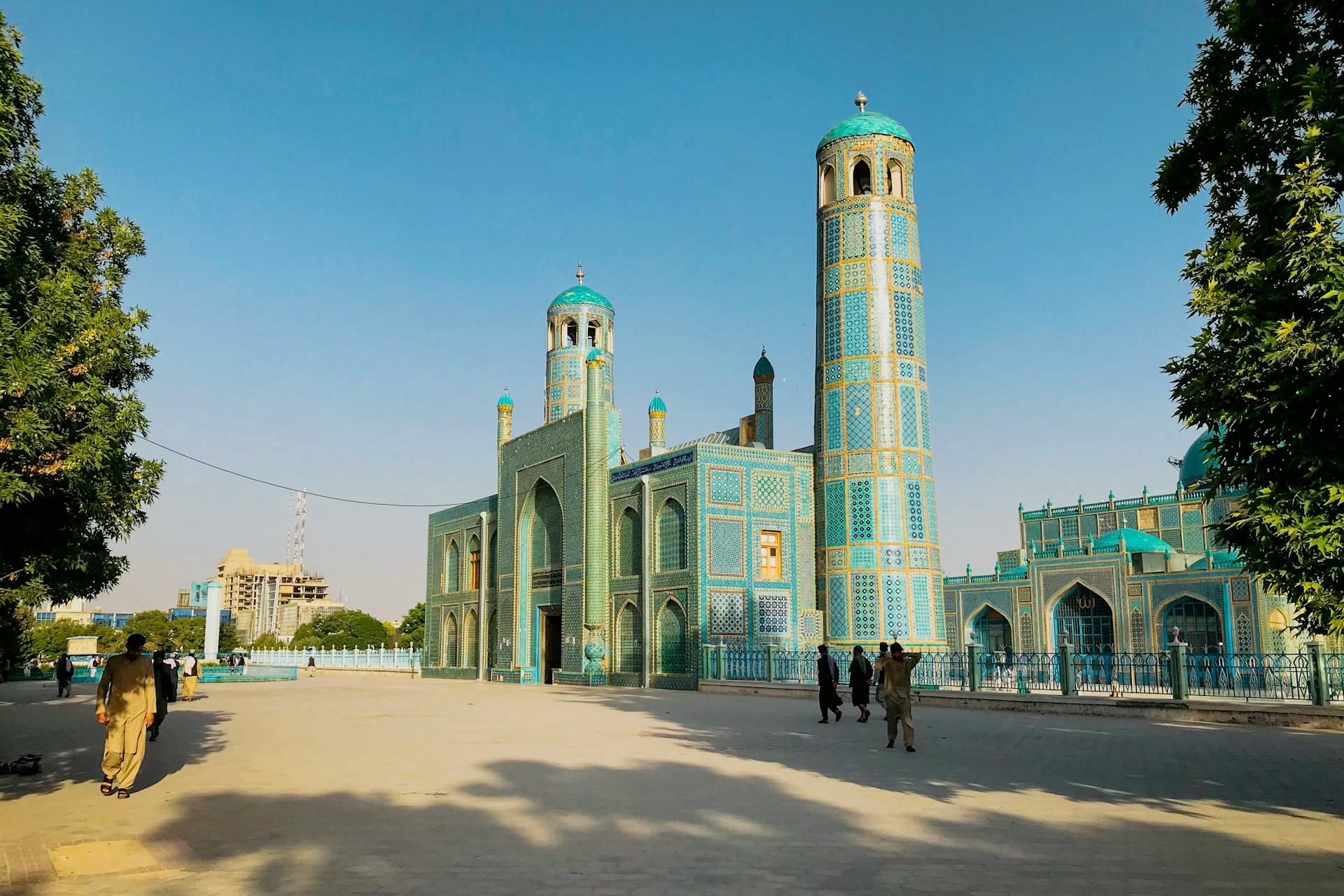
Targeted attacks, unpredictable checkpoints, and shifting rules on movement define the current environment. Major cities show pockets of normal commerce, yet inter-provincial travel can be hazardous without local escorts and permissions. Banking, currency, and mobile networks fluctuate, which complicates basics like hotel payments or fuel. Many insurance policies exclude coverage entirely. Aid work continues under negotiated terms, but visitor support remains thin. Nonessential trips generally wait for reliable corridors and clearer guarantees around safety and care.
